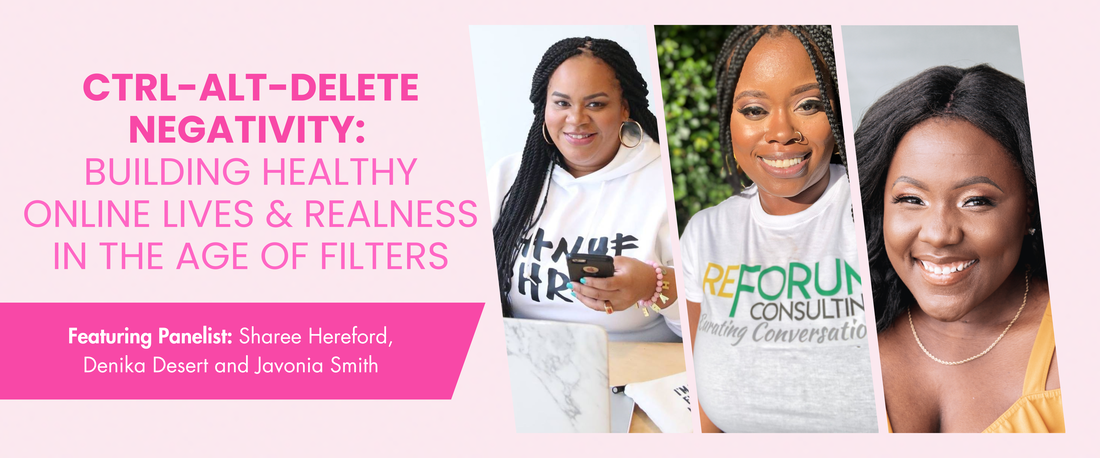|
Home is often a word meant to describe a brick and mortar embodiment of safety. So, it might be safe to assume that one who opens their home to others is inviting them into their safe space. They are compelled by loneliness or maybe an understanding of the scarcity of safe spaces for others. They are those of us who lay out our welcome mats for more than just decoration. For Black girls, sometimes the whole world can feel like an unsafe place, like the insidious monsters of sexualized racism and racialized sexism have spooked us out of finding a home anywhere. The world has a way of evicting Black girls, ejecting them out of focus, out of history, and making safe spaces all the more scarce. So, we've had to find homes in ourselves, a place to call our own in a world hell-bent on leaving us out in the cold. In a world like this, we must huddle together for warmth. Vashti Dubois is a Black woman who has made her home into a tribute to these Black women and girls and all their resilience and vulnerability. Her home now goes by the name of “The Colored Girls Museum” in Philadelphia and exists as a testament to the lives of “ordinary, extraordinary colored girls". Image via Colored Girls Museum Facebook Museums are the places where a society displays stories and artifacts that are of importance to its history. Therefore, who and what is deemed important enough to be in museums is often more reflective of the values of respective societies and their institutions than the true importance of what is showcased. This being said, the art and stories of black women are often left out of or misrepresented in American museums. But Ms. DuBois is changing the narrative. She’s decided that the history of Black women and girls is not only important enough to be in museums but that it deserves a museum of its own. Her intention of celebrating the ordinary black women in our history was not simply expressed for inspirational effect but is a central theme throughout her home and it’s been interwoven into the very design of the museum. An example of this is the way in which Dubois has turned her laundry room into a shrine to the washerwoman, an exaltation of the centuries of forgotten colored girls who did the laundry for a society that continues to wash them out of history. Image via Colored Girls Museum Facebook DuBois once stated in an interview that “houses put people at ease"; the definition of a "safe space" is "a place where anyone can relax and be fully self-expressed, without fear of being made to feel uncomfortable, unwelcome or challenged on account of biological sex, race/ethnicity, sexual orientation, gender identity[...]" (Advocates for Youth), in simpler terms a “safe space” is a place that puts (marginalized) people at ease. According to these two statements of meaning, one could conclude that all houses are safe spaces and all safe spaces are then houses, but I think this would be the wrong take away. All houses aren't safe spaces, and all safe spaces aren't created equal. Safety is a construct, it's fragile and personal and when it is cultivated it must be protected at all costs. By turning her home into a museum, DuBois has made her home into a place dedicated to conservation and protection of the art and stories of colored girls. She opened up her home to those on the margins, gave names to those the world tries to make nameless and created a house that knows them by name. Written by Jordan McDonald
1 Comment
|
Archives
May 2022
|



 RSS Feed
RSS Feed